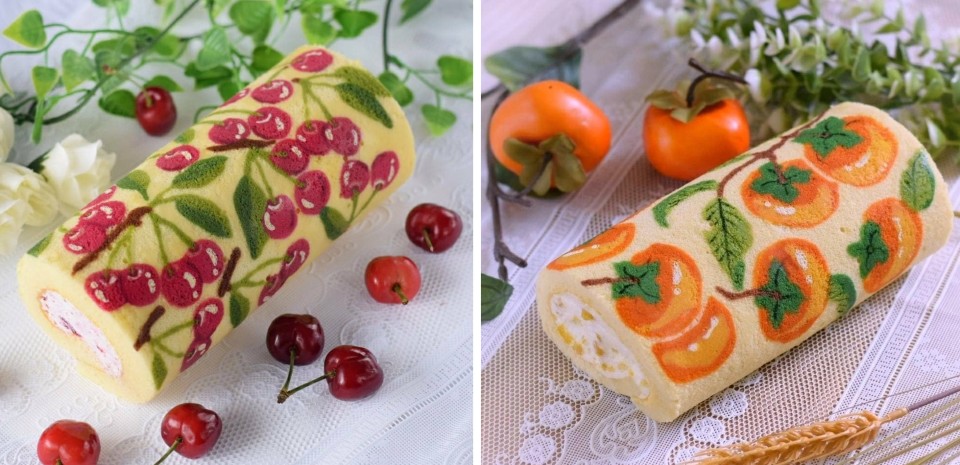Molecular Gastronomy - Future Food
In a few years, we will not need all these old-fashioned recipes, books of cooks, we will not even need pots and pots. Why? Because molecular cooking has gained such huge reputation in the last two years, more and more people take a look at what ...
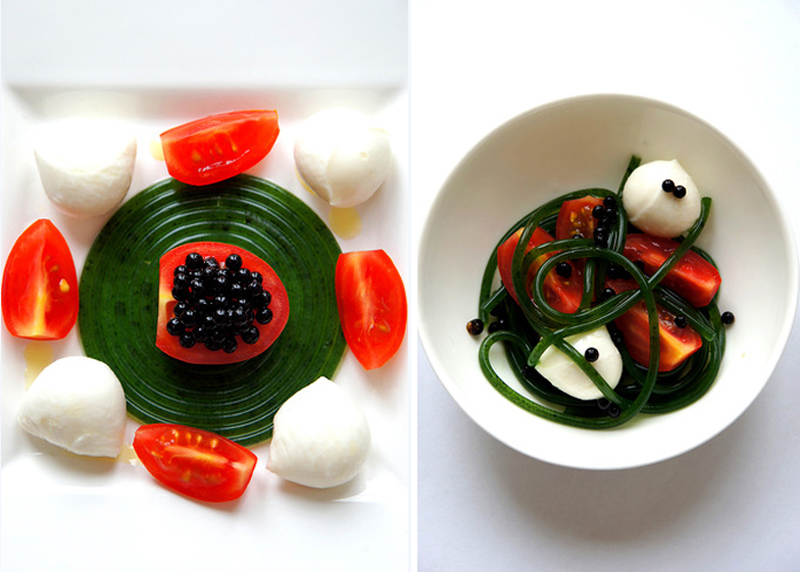
 In a few years, we will not need all these old-fashioned recipes, books of cooks, we will not even need pots and pots. Why? Since molecular cooking has gained such a reputation in the last two years, more and more people take a look at what it is! It is a modern cooking style used by gastronomic chefs in many finest restaurants and cruise ships. It takes advantage of many technical innovations and is actually a combination of cooking and science. Here are 10 interesting facts about molecular gastronomy before trying.
In a few years, we will not need all these old-fashioned recipes, books of cooks, we will not even need pots and pots. Why? Since molecular cooking has gained such a reputation in the last two years, more and more people take a look at what it is! It is a modern cooking style used by gastronomic chefs in many finest restaurants and cruise ships. It takes advantage of many technical innovations and is actually a combination of cooking and science. Here are 10 interesting facts about molecular gastronomy before trying.
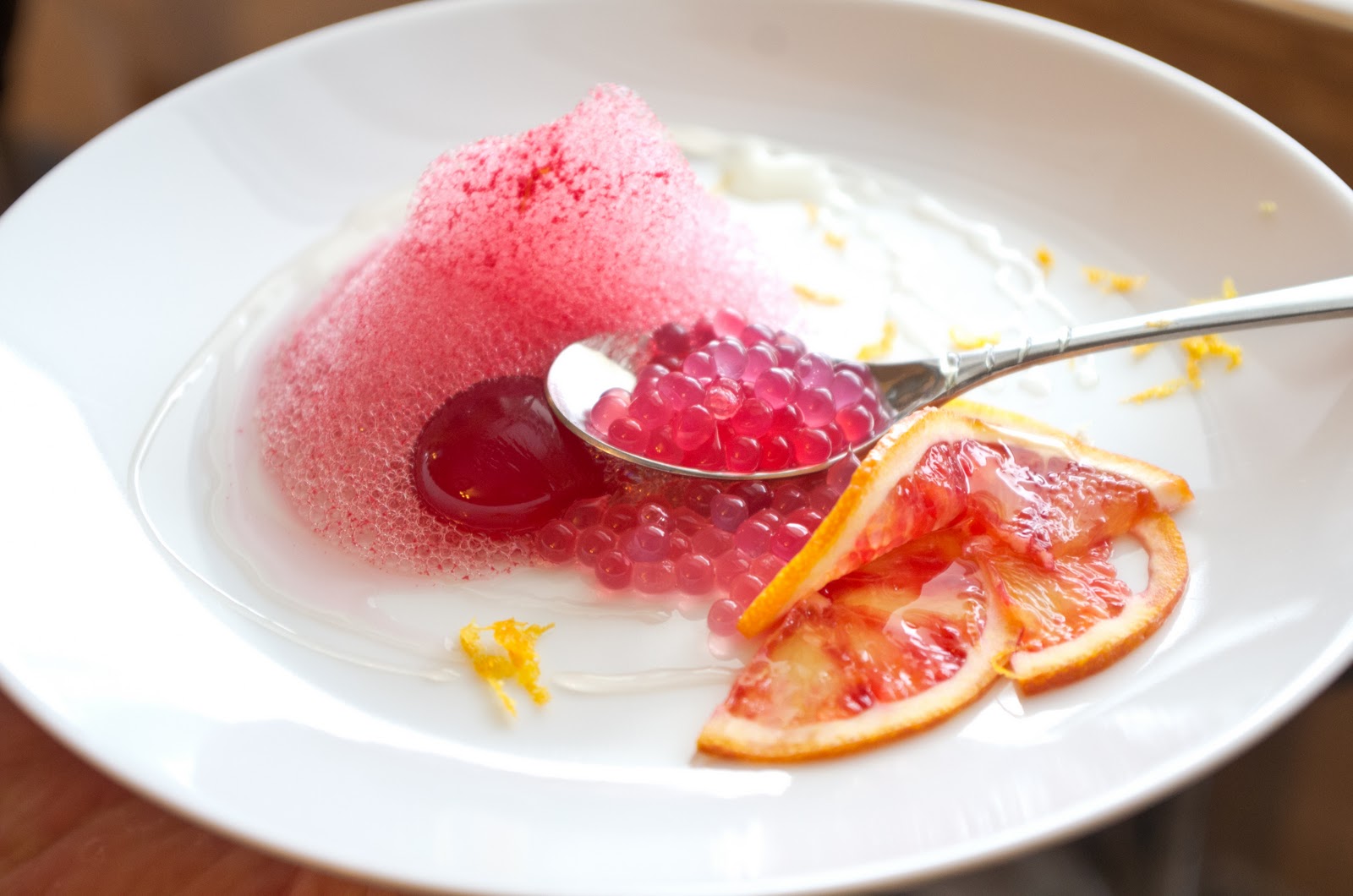 1. Nicholas Kurti
1. Nicholas Kurti
The term "molecular gastronomy" was invented by Nicholas Kurti in 1988. He was a Hungarian nuclear physicist who helped develop the first atomic bomb. The kitchen was always his hobby. He tried to explore the cooking processes from a scientific point of view and to apply scientific knowledge to culinary problems.
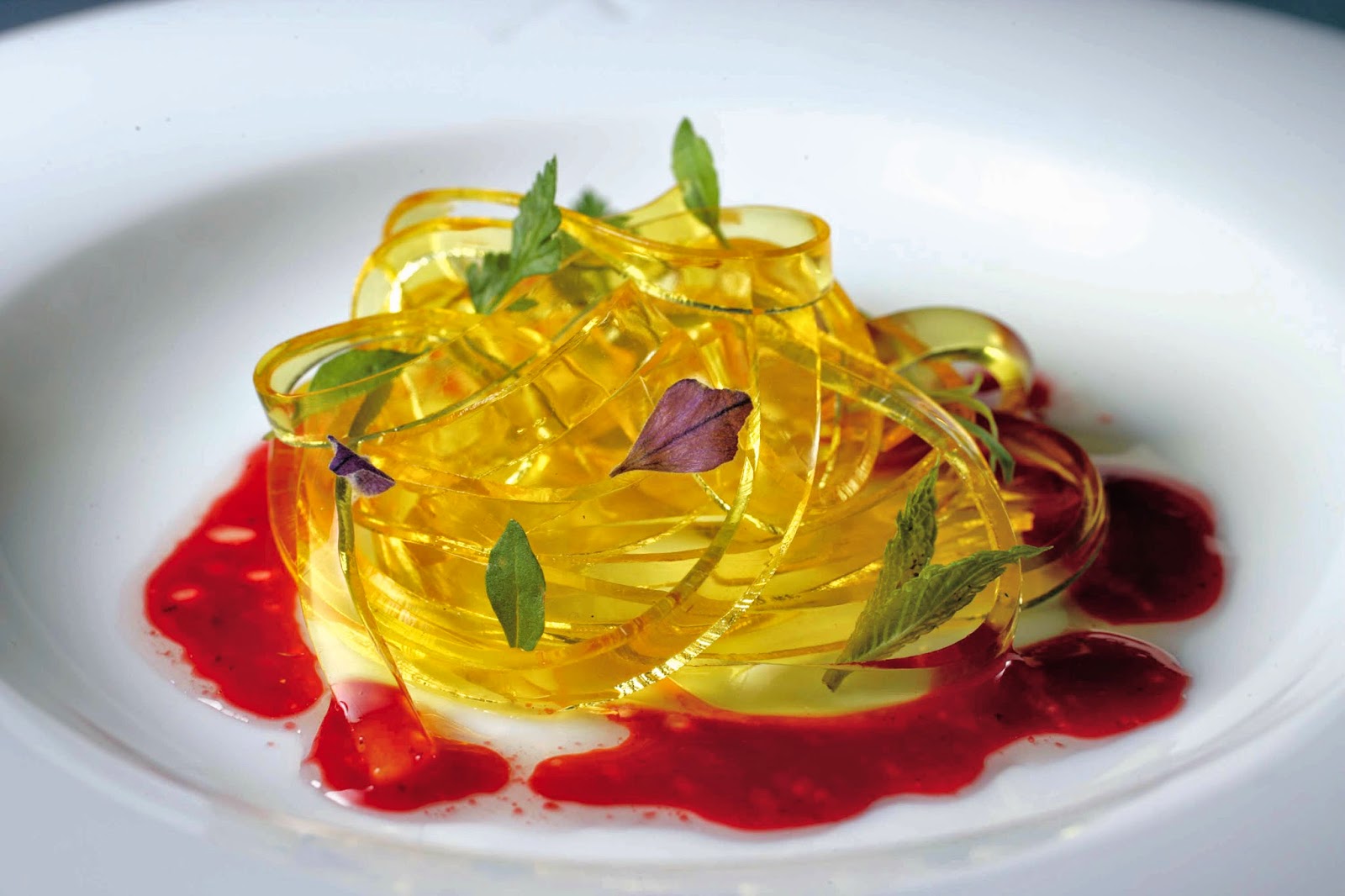 2. Elizabeth Cawdry Thomas
2. Elizabeth Cawdry Thomas
In fact, there are two people responsible for the "creation" of molecular gastronomy - Nicholas Kurti and Elizabeth Cawdry Thomas. Elizabeth was a professional chef and married a physicist, he heated his interest in the scientific approach of the cooking process. She organized the first seminars on molecular gastronomy and tried to popularize it from all possible ways.
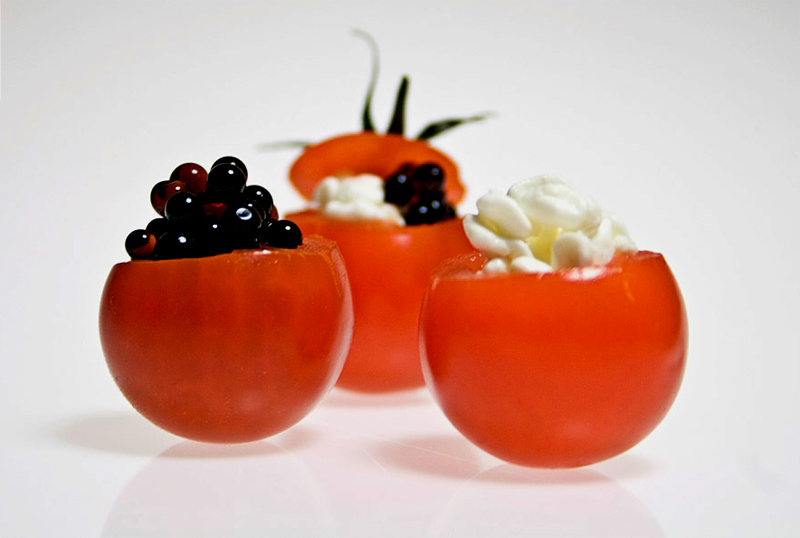 3. Restaurant Fat Duck
3. Restaurant Fat Duck
Heston Blumental promotes the idea that anyone spending time in the kitchen should have a scientific understanding of cooking. He is a world-renowned chef and one of the most influential pioneers in experimental cuisine. It is also one of the first restaurateurs who started serving molecular dishes in his Fat Duck Restaurant.
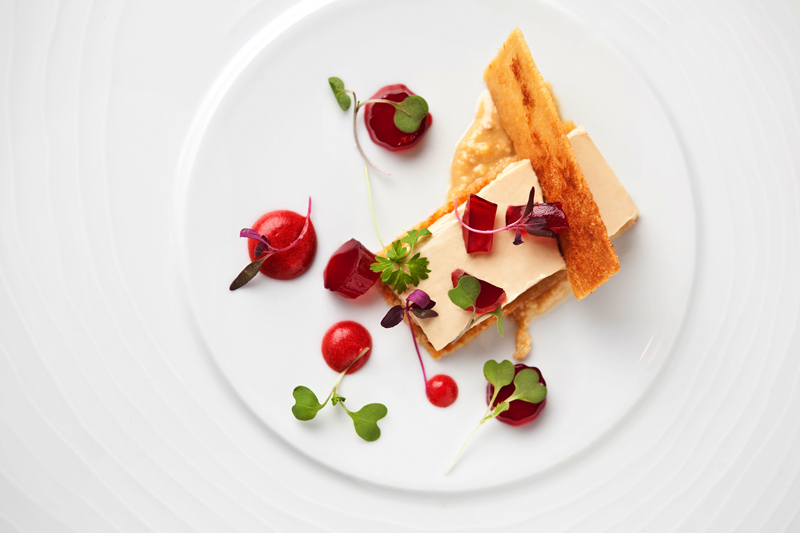 4. Cooking process from a scientific point of view
4. Cooking process from a scientific point of view
The main objective of experts in molecular gastronomy is to offer an explanation of simple cooking processes from a scientific point of view. For example, "cook the perfect egg" is a classic question of molecular gastronomy - how does the temperature affect yellow and white? ... and ... what makes a fool goes up? etc.
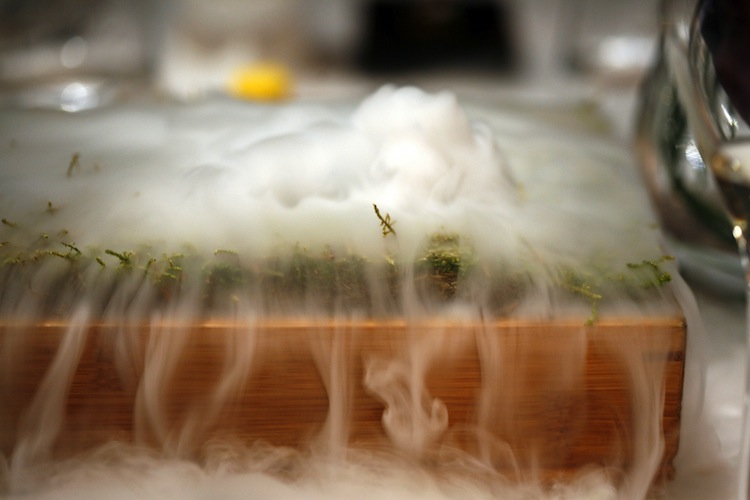 5. Chemical reactions
5. Chemical reactions
Liquid nitrogen, vacuum, inert gases and oxygen, high temperatures and other chemical reactions are widely used in molecular gastronomy.
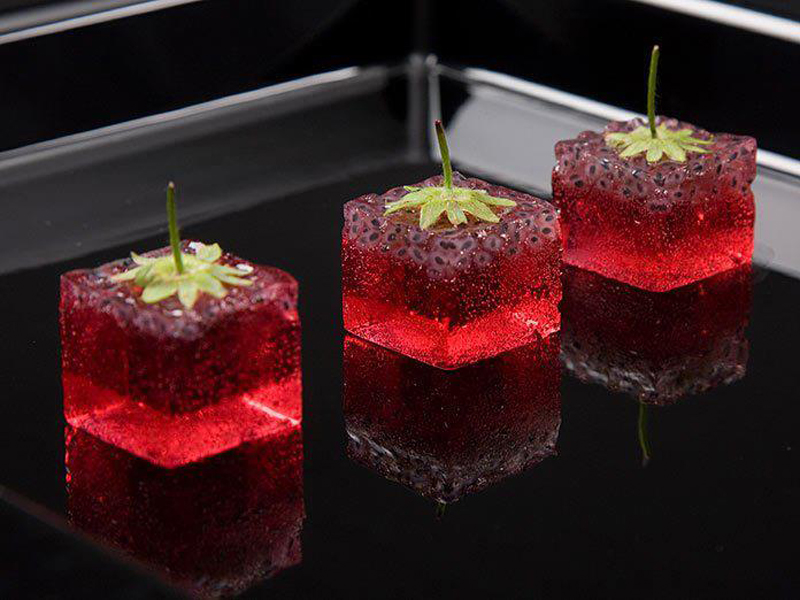 6. Pure taste
6. Pure taste
The main achievement of molecular gastronomy is a unique and pure taste for all dishes prepared with these techniques. For example, one of Fat Duck's signature dishes is "Perfect ice cream". It contains no fat and carries only pure concentrated tastes and concentrated flavors. A bullet of this green tea ice cream is placed on a spoon and treated with liquid nitrogen. It is also sprinkled with incredibly tasty lime gasoline. Yum!
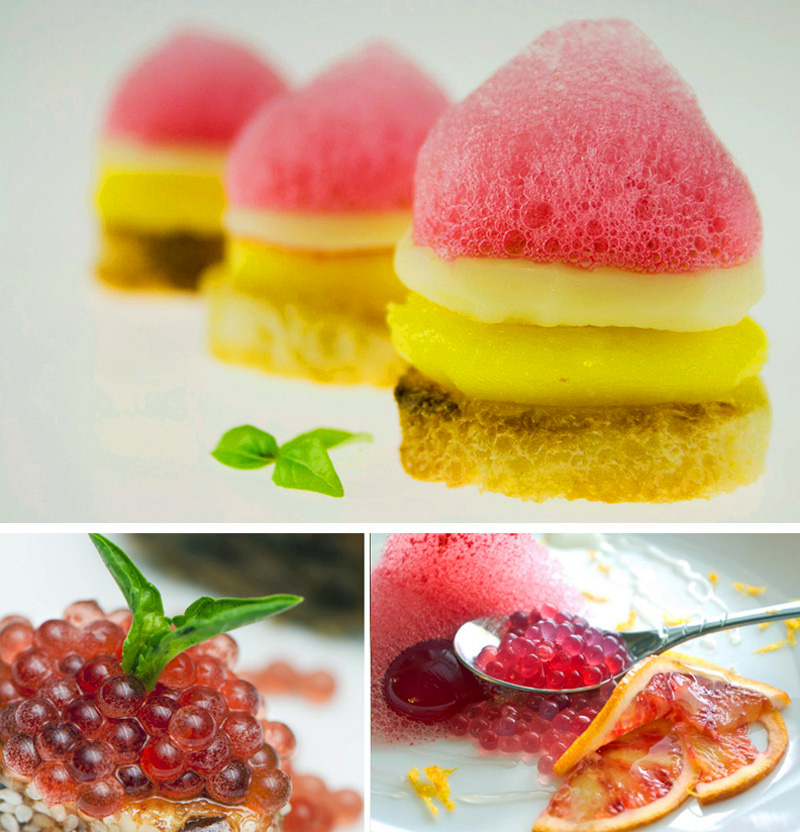 7. Foam (Espuma dishes)
7. Foam (Espuma dishes)
The use of foam in the kitchen has been used in many forms on the history of cooking. Foam dishes, also known as Espuma, have become the brand of molecular restaurants. The leaders of molecular gastronomy can transform any product (meat, fruits, nuts, etc.) in foam. As a result of complex chemical processes, such dishes have their pure taste and have no excess grease.
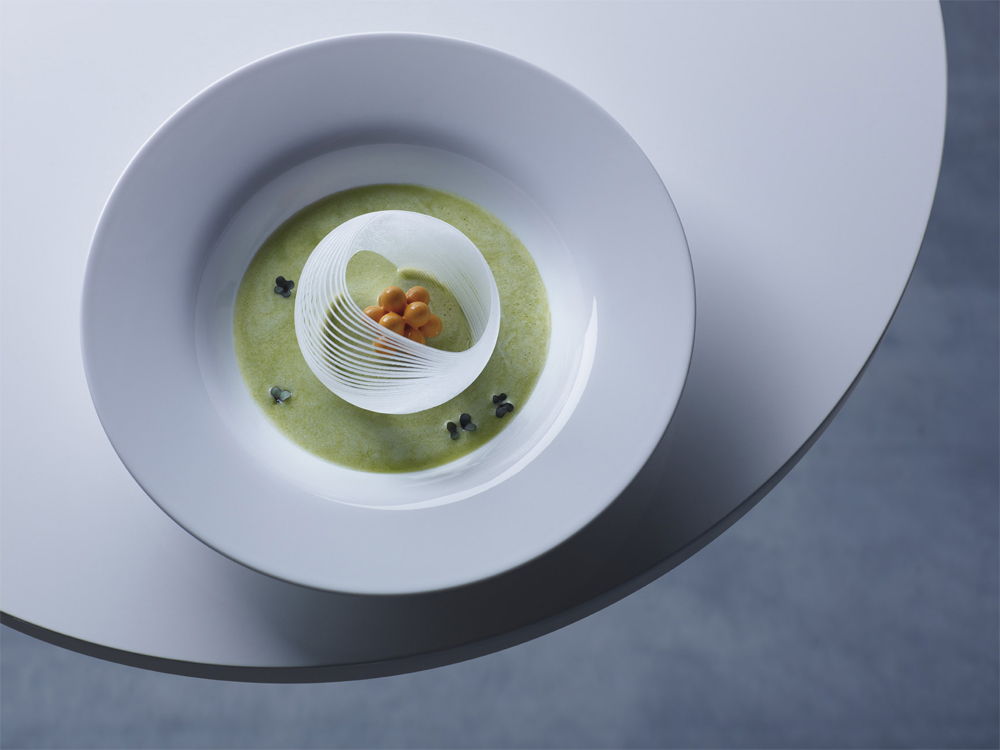 8. Gadgety
8. Gadgety
Heston Blumental once said, "We can be too hung up on Gadgety. Once there was only the knife if you wanted to cut things. Then he came the food transformer. But it always cooking. Now, I use other tools - centrifuges, desiccators - that you might not associate with the kitchen. But it cook too.
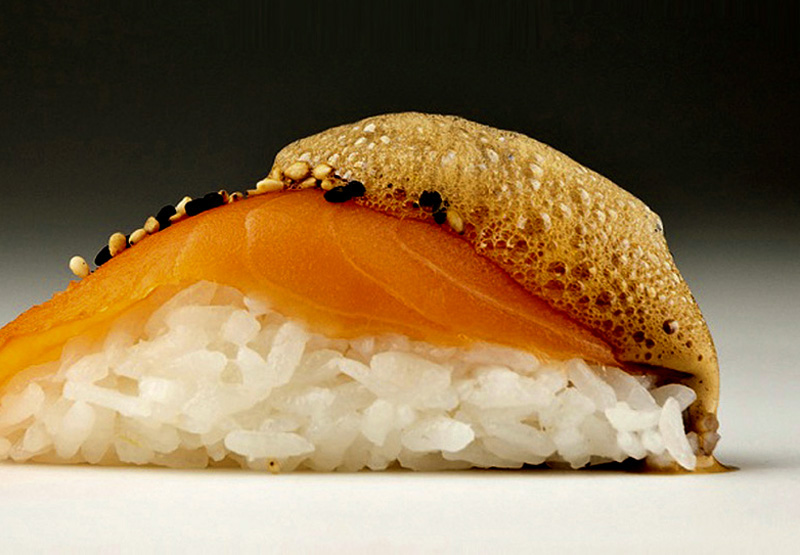
9. Under vacuum
Under vacuum is French for "under vacuum". The essence of this interesting cooking method is: the products are placed in a hermetic plastic bag and cooked in a water bath or in a controlled temperature steam environment (up to 60 degrees) for a long time ( Sometimes even for more than 72 hours.). Thanks to such a "marining", the products have only a wonderful and perfect taste. The meat becomes very juicy and soft, and the fruits become thicker to the skin, but always have a rich flavor.
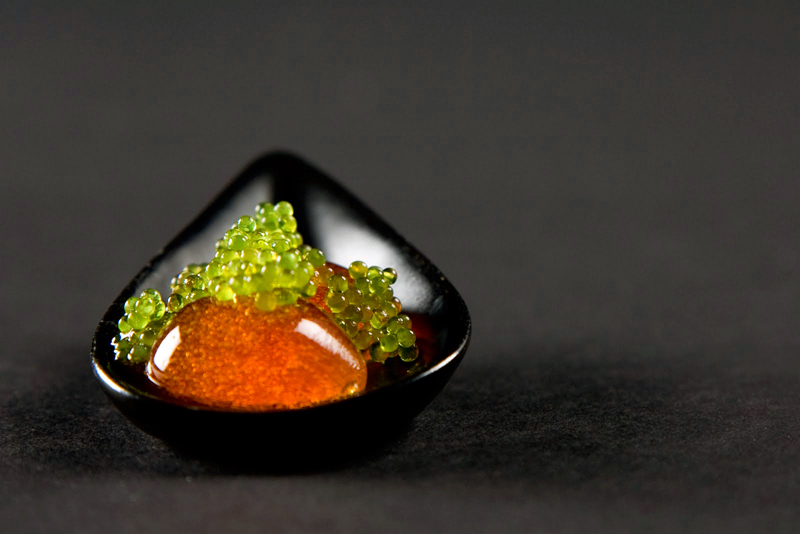 10. Centrifugation
10. Centrifugation
Centrifugation is widely used by the dairy industry to separate milk from butter fat. An example of using the molecular gastronomy centrifugation process: letting take simple tomato juices. It will be divided into three different substances that can be used to cook several different dishes and all these dishes will have a wonderful and unique taste.

